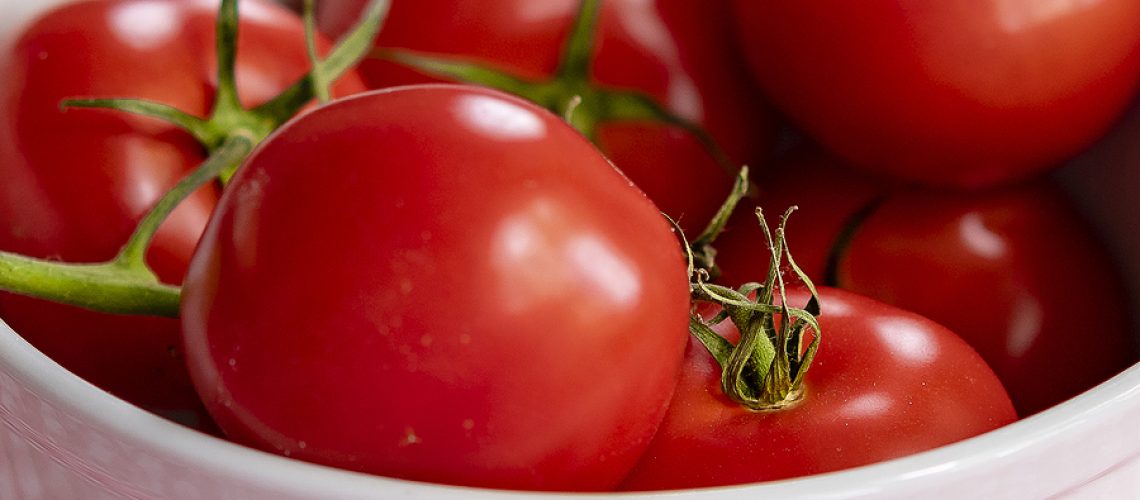Tomato Brown Rugose Fruit Virus (ToBRFV) is a Tobamovirus that was first reported in 2016 in Jordan. However, its presence has been confirmed in countries such as Israel, Germany, the United States, the Netherlands, Spain, Italy, eastern China, and since 2018 also in Mexico.
From 2014 to 2018, Mexico imported more than 3 tons of tomato, chili, and other nightshade seeds from Israel, which possibly contributed to the spread of the virus.
The diseases associated with this genus are necrotic lesions on the leaves. The virus can attack at any phenological stage of the crop; it begins mainly in the young leaves, where the formation of spots or “mosaics” of yellow coloration begins, which generates a heterogeneous coloration in the leaves, chlorosis, mottled patterns, wrinkles, In addition, the apical bud and new shoots show wilting.
In some cases, necrotic lesions appear on the tomato calyx’s peduncles, pedicels, and leaves. The stems may also show necrotic lines and drying. In the case of the fruits, they can also appear distorted and have irregular maturation.
In other crops like bell peppers and chili, symptoms include deformation of the leaves, chlorosis, and mosaic patterns. The fruits are deformed, with visible yellow or brown spots or green streaking. The symptoms can be different depending on each variety.
The means of transmission of this virus is through the seed (Cover or endosperm) and by mechanical contact through work tools, personnel, raffia, tractor implements, boxes, and harvest carts, among others. The virus can persist for months or even years in crop debris, seeds, and contaminated material. In the particular case of ToBRFV, a study revealed that pollinators (bumblebees) also transmit the virus mechanically when, during pollination, they go from a diseased plant to a healthy one.
The only tool is prevention through the implementation of biosafety and health measures. In the case of seeds, seedlings, and grafts, it is essential:
- Use certified seeds where the phytosanitary certificate must explicitly state that they are free of ToBRFV and use seedlings from nurseries that guarantee the health of their products.
Already in the greenhouse or field, biosecurity measures must be strict to avoid the introduction and dissemination of ToBRFV, for which it is necessary:
- Good entry practices and visits to the greenhouse.
- Avoid cross-contamination and garbage accumulation.
- Chemical technology and engineering allow maintaining the crop’s health before, during, and after planting and harvesting the product.
Once the ToBRFV virus has been detected in the culture, the following must be done:
- Eliminate infected and surrounding plants, put them in plastic bags and incinerate.
- Disinfect the greenhouse and work tools.
- Ensure that the facilities allow personal hygiene before and after entering the greenhouse or field.
- Restrict access to non-company personnel.
- Eliminate pruning debris.
- Avoid reusing tutoring materials in each cycle.
The Rough Tomato Virus (ToBRFV) can produce losses of between 30 and 100% in tomatoes and peppers; at Grupo Rosmar, we have a specific line to serve the Fruit and Vegetable Industry; and distinctive solutions that meet the needs and problems of this sector.
Come to us, and a Rosmar consultant will get in touch!


